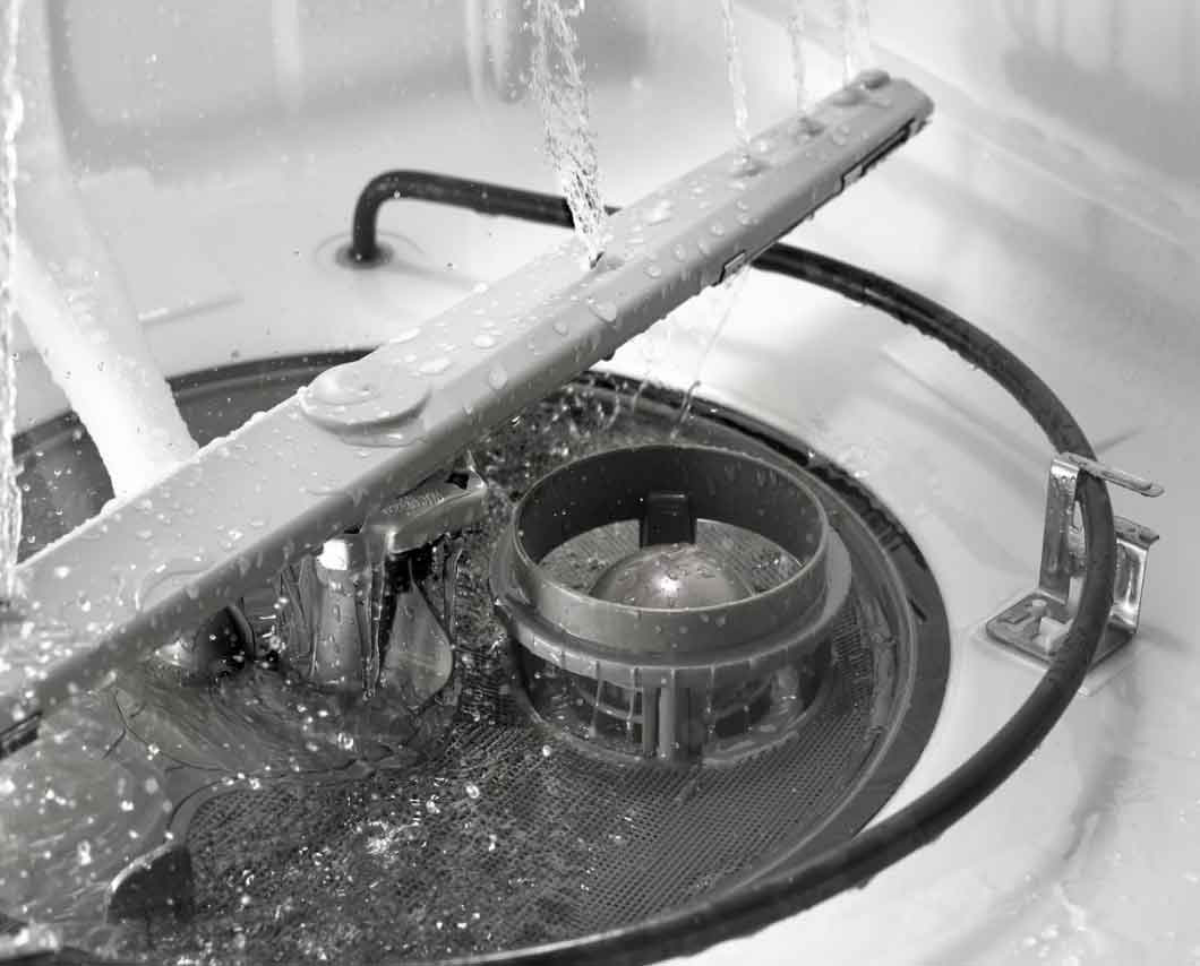Dishwasher Not Draining? Here Are 10 Quick Fixes
Is your dishwasher not draining properly? The discovery of water pooling at the bottom of your dishwasher can be disconcerting. It’s a problem that extends beyond a simple inconvenience, disrupting your daily routine and the essential rhythm of your kitchen. This issue, common in many households, is typically a symptom of an underlying malfunction that can range from a simple clog to a more complex mechanical failure. Addressing this issue promptly not only restores the functionality of your dishwasher but also prevents potential water damage and additional complications. Today, we will demystify the reasons behind a non-draining dishwasher, and we […]
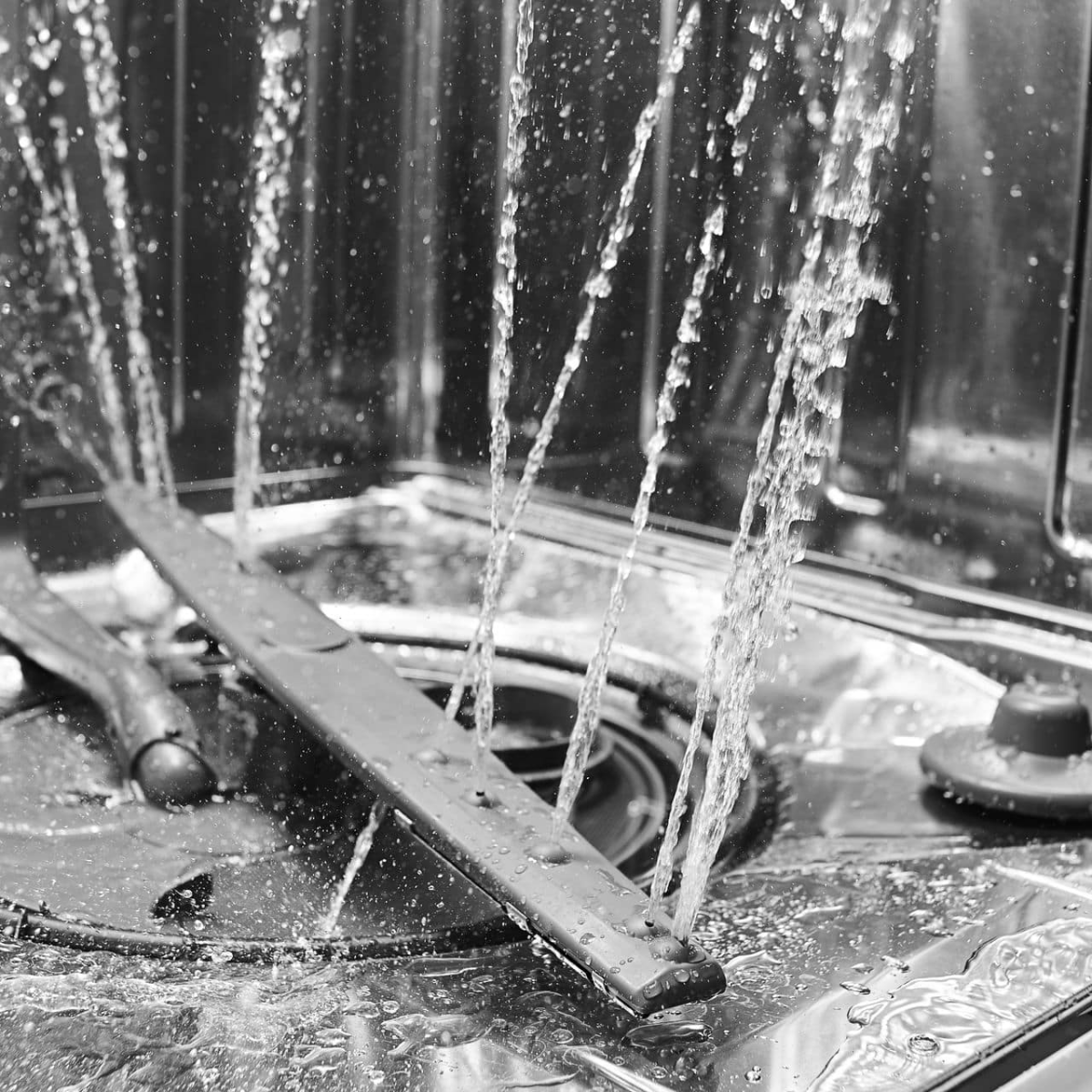
Is your dishwasher not draining properly? The discovery of water pooling at the bottom of your dishwasher can be disconcerting. It’s a problem that extends beyond a simple inconvenience, disrupting your daily routine and the essential rhythm of your kitchen. This issue, common in many households, is typically a symptom of an underlying malfunction that can range from a simple clog to a more complex mechanical failure. Addressing this issue promptly not only restores the functionality of your dishwasher but also prevents potential water damage and additional complications. Today, we will demystify the reasons behind a non-draining dishwasher, and we will show you practical, easy-to-follow solutions to get your trusty appliance back in perfect working order.
The discovery of water pooling at the bottom of your dishwasher can be disconcerting

What To Do When Your Dishwasher Is Not Draining
Dishwashers are complex appliances that rely on a series of cycles to clean and dry your dishes efficiently. Each cycle requires the smooth operation of various components, with the draining process being crucial to its functionality. Understanding the basics of how your dishwasher operates is key to troubleshooting issues effectively. The core components involved in the draining process include the filter, drain hose, and pump, each playing a vital role in ensuring water is properly expelled after each wash cycle. A malfunction in any of these components can disrupt the entire process, leading to water remaining in the dishwasher. Familiarizing yourself with these elements and their functions is the first step in diagnosing and addressing any draining issues you might encounter.
Dishwashers are complex appliances

Unclog the dishwasher filter
A common cause of drainage problems in dishwashers is a clogged filter. Located at the bottom of the dishwasher, the filter is designed to trap food particles and prevent them from entering the drain hose and pump. Over time, these particles can accumulate, leading to blockages that impede water flow. Regular inspection and cleaning of the filter are essential for maintaining your dishwasher’s performance. To clean the filter, remove it from the dishwasher and rinse it under running water, using a soft brush to remove any stubborn debris. Reinstall the filter and run a test cycle to check if the issue is resolved. This simple maintenance step can often be the key to restoring proper drainage.
A common cause of drainage problems in dishwashers is a clogged filter
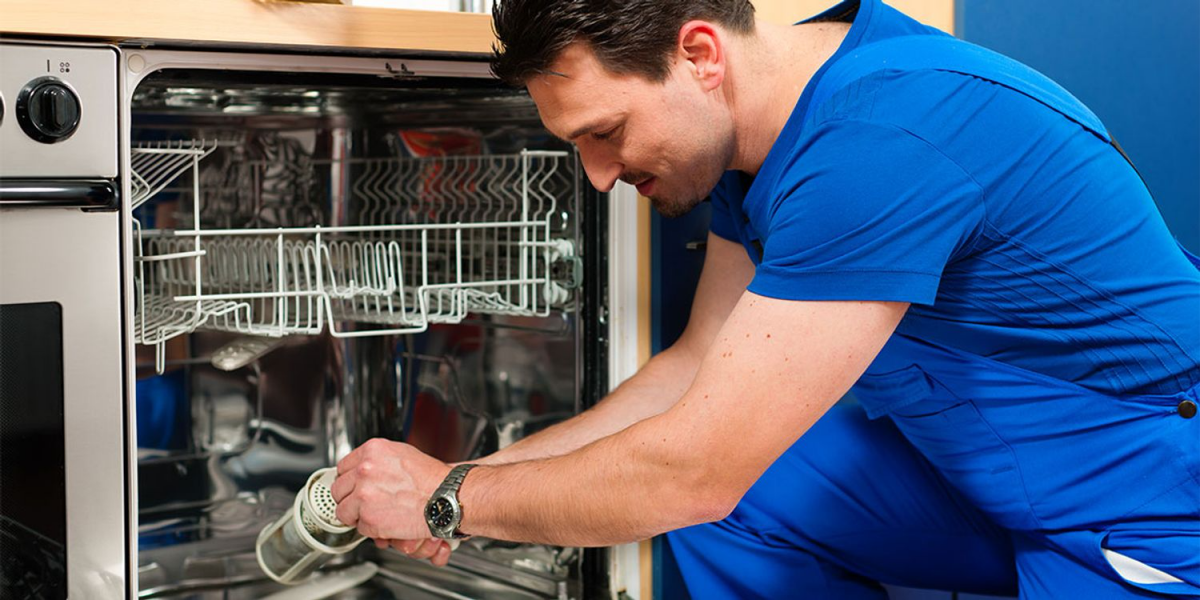
Inspect the drain hose
The drain hose connects your dishwasher to the kitchen drain system. This little hose can often become a source of drainage issues. The drain hose can get kinked, clogged, or blocked, preventing water from flowing out of the dishwasher. To inspect the hose, you’ll need to gently pull the dishwasher away from the wall, ensuring you don’t disconnect any water or power connections. Once you have access, examine the hose for any visible kinks or obstructions. If you find a kink, carefully straighten it out. For blockages, you may need to detach the hose and flush it with water to remove any debris. Reattach the hose and run a cycle to test if the issue has been resolved.
This little hose can often become a source of drainage issues
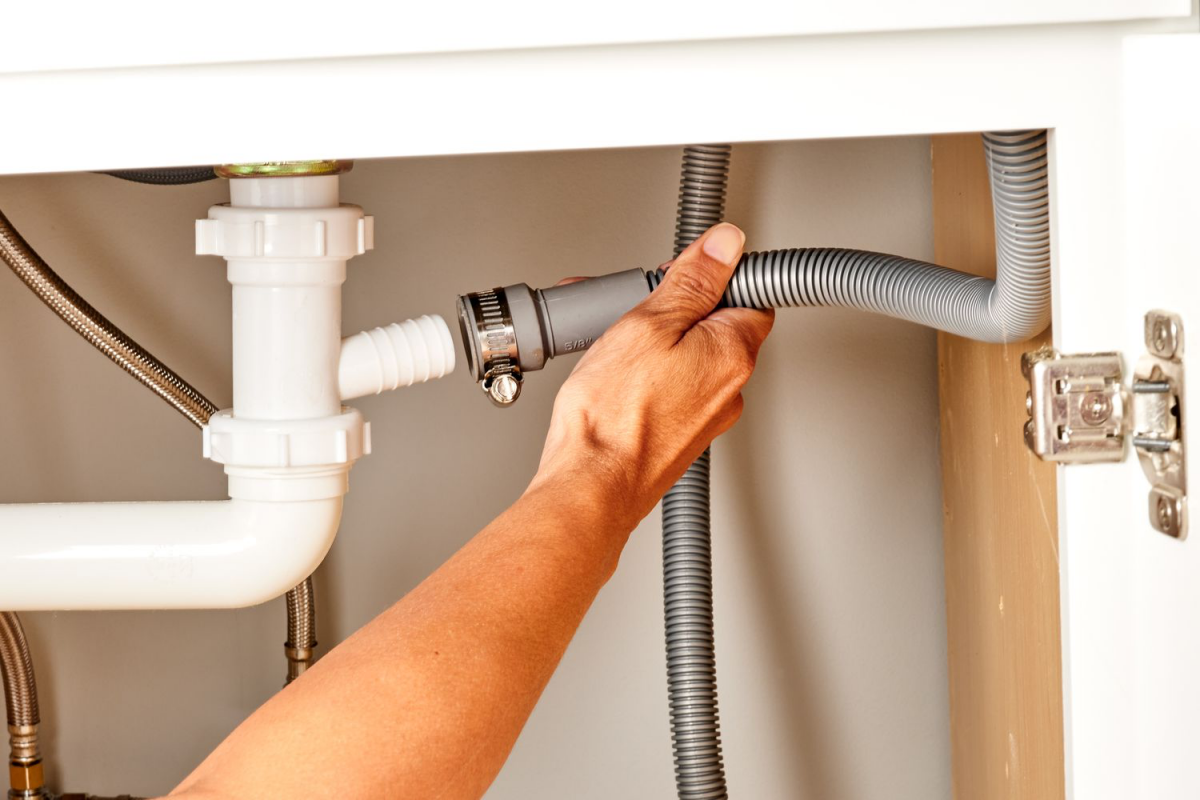
Check the garbage disposal
In many kitchens, the dishwasher drain hose is connected to the garbage disposal. This setup can lead to drainage problems if the disposal unit is clogged or not functioning properly. Food remnants and other debris can accumulate in the disposal, causing a blockage that affects your dishwasher’s ability to drain. To address this, ensure your disposal is clear of any obstructions. Run the disposal with plenty of water to flush out any remaining debris. Additionally, check the drain hose connection to the disposal for any clogs or blockages. Regular maintenance of your garbage disposal can prevent future drainage issues with your dishwasher.
The dishwasher drain hose is usually connected to the garbage disposal

Reset the dishwasher
Occasionally, a dishwasher may simply require a reset to resolve drainage issues. Electronic glitches or program errors can sometimes interfere with the normal operation of your appliance. To reset your dishwasher, you can unplug it from the power source or switch off the circuit breaker for a minute. This action effectively resets the electronic control panel and can clear minor glitches. After reconnecting the power, run a test cycle to see if the drainage issue has been resolved. Remember, resetting your dishwasher won’t fix mechanical problems, but it can be an effective solution for minor electronic issues.
Glitches or program errors can sometimes interfere with the normal operation of your appliance

Troubleshoot the air gap
An air gap is a small cylinder typically located on top of your sink. It is usually near the faucet. It’s designed to prevent contaminated water from flowing back into the dishwasher. However, if the air gap becomes clogged with debris, it can impede your dishwasher’s ability to drain. To clean the air gap, remove the cap and inspect it for any obstructions. You might find food particles, soap scum, or other debris that needs to be cleared out. Use a small brush or a pipe cleaner to remove the buildup. Once cleaned, replace the cap and run your dishwasher to check if the drainage has improved.
An air gap is a small cylinder typically located on top of your sink
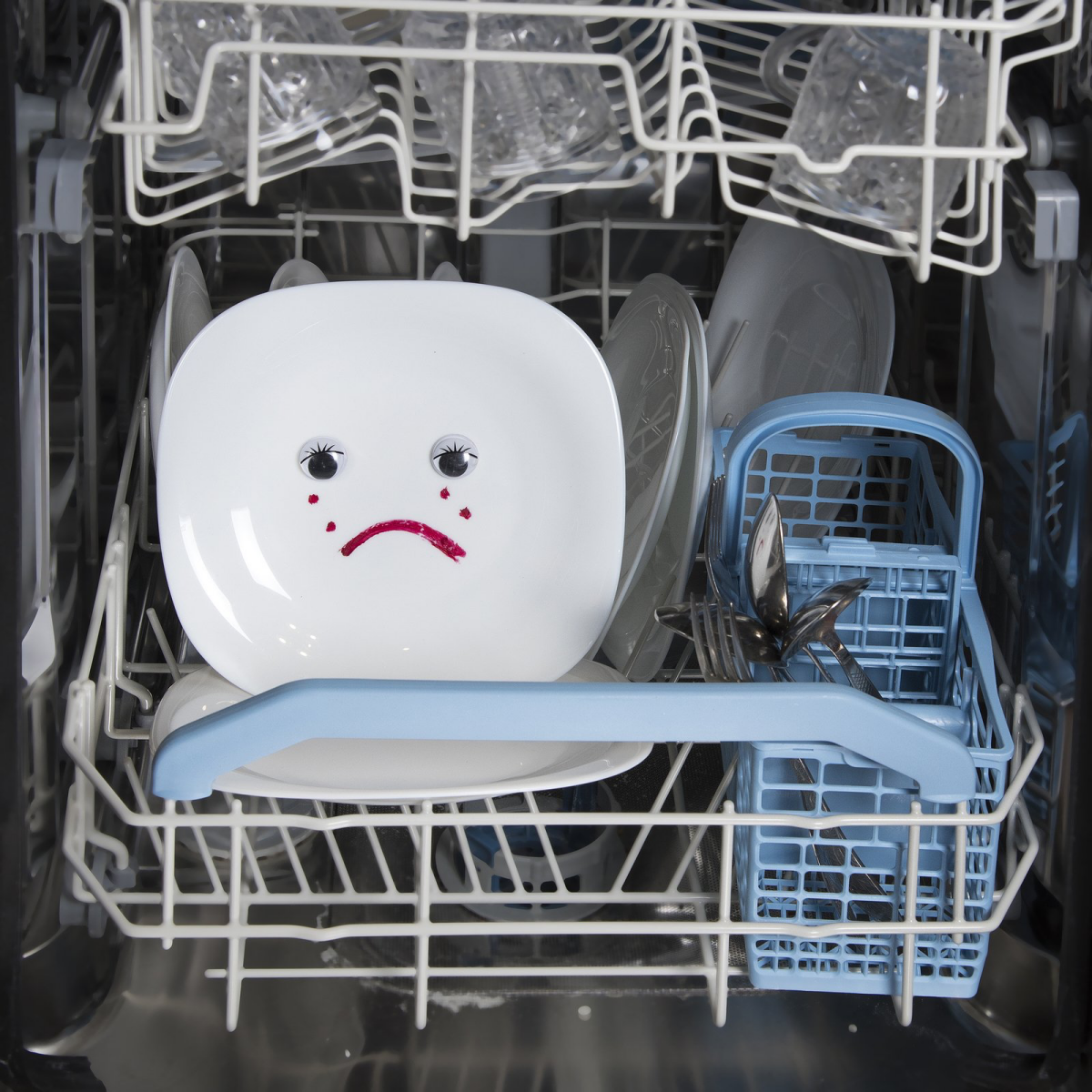
Examine the drain valve
Your dishwasher’s drain valve plays a critical role in the draining process. It’s responsible for ensuring that water only flows in the right direction during the draining cycle. If the drain valve is stuck or malfunctioning, it can prevent water from leaving the dishwasher. To inspect the valve, you’ll usually find it at the bottom of the machine, often under the filter. Check to see if the valve moves freely; if it’s stuck, it may need cleaning or lubrication. In some cases, a faulty valve may require replacement. If you’re uncomfortable performing this task, it may be time to call in a professional.
Your dishwasher’s drain valve plays a critical role in the draining process

Deal with detergent issues
Using the wrong type of detergent, or using too much, can lead to excessive suds and drainage problems in your dishwasher. Suds can cause water to overflow and prevent proper drainage. To prevent this, ensure you’re using a detergent specifically designed for dishwashers. Avoid using too much detergent, as it’s not only wasteful but can also harm your dishwasher’s performance. If you’ve been using the wrong detergent or too much of it, switch to the correct type and amount. You may also need to run a few cycles without dishes to clear out any residual suds.
Suds can cause water to overflow and prevent proper drainage

Adjust your loading technique
Improper loading of dishes can obstruct the spray arms and the drain. This will affect your dishwasher’s ability to clean and drain properly. Overloading the dishwasher or placing large items in the wrong position can block water flow and cause drainage issues. It’s very important you follow the manufacturer’s guidelines for loading dishes. Ensure that items are placed so they don’t interfere with the movement of the spray arms and that the drain is not obstructed. Proper loading of a dishwasher can greatly improve the performance of your appliance and prevent drainage problems.
Improper loading of dishes can obstruct the spray arms and the drain
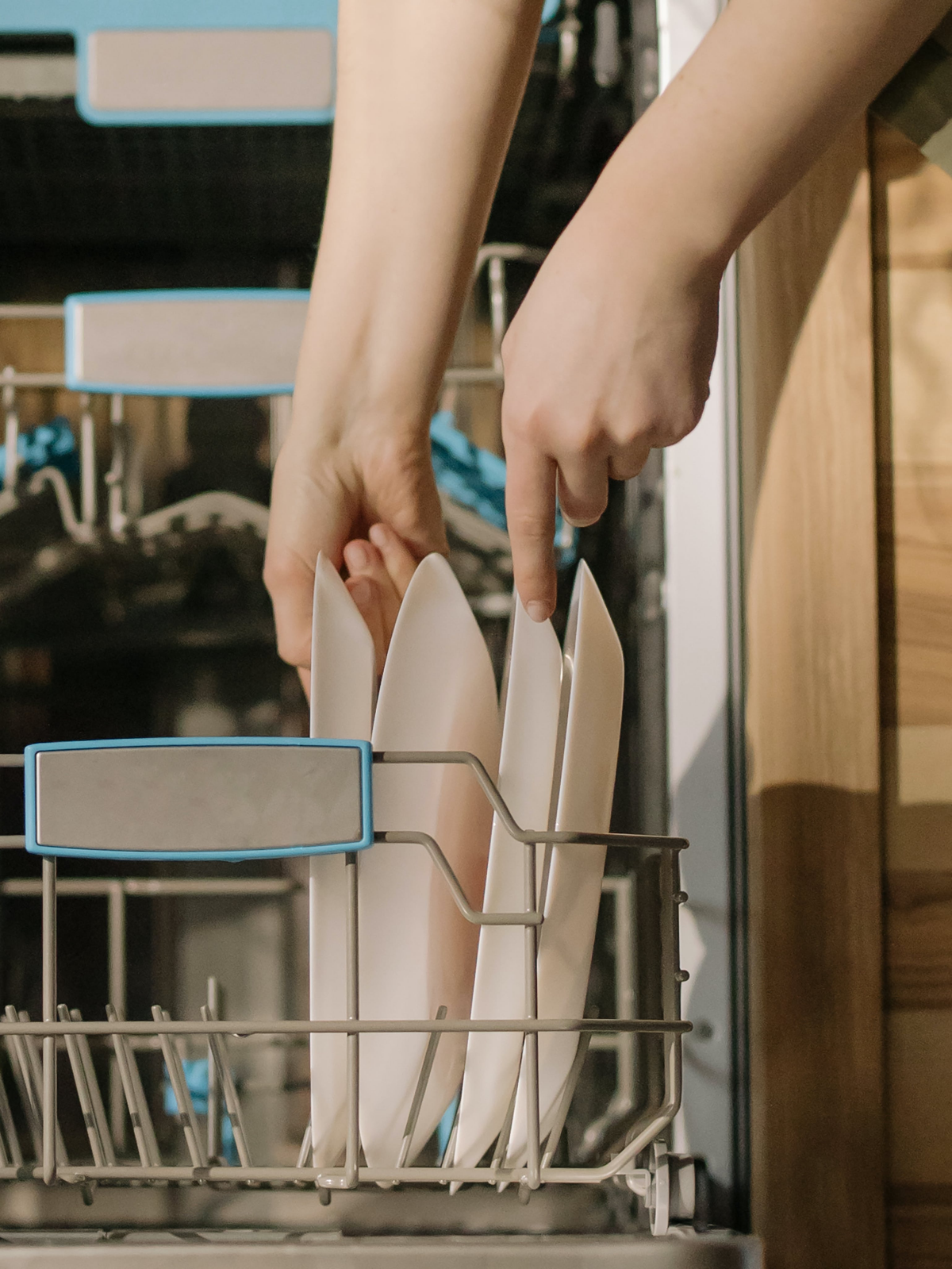
Check for blocked sprayer arms
The sprayer arms in your dishwasher play a crucial role in distributing water during the wash cycle. If they are clogged with food particles or mineral buildup, they can’t function effectively. This can lead to poor cleaning results and drainage issues. To check the sprayer arms, rotate them by hand to ensure they move freely. If you notice any blockages in the holes, use a toothpick or a small brush to remove the debris. Regular cleaning of the sprayer arms can improve the efficiency of your dishwasher and prevent drainage problems.
The sprayer arms in your dishwasher play a crucial role in distributing water during the wash cycle
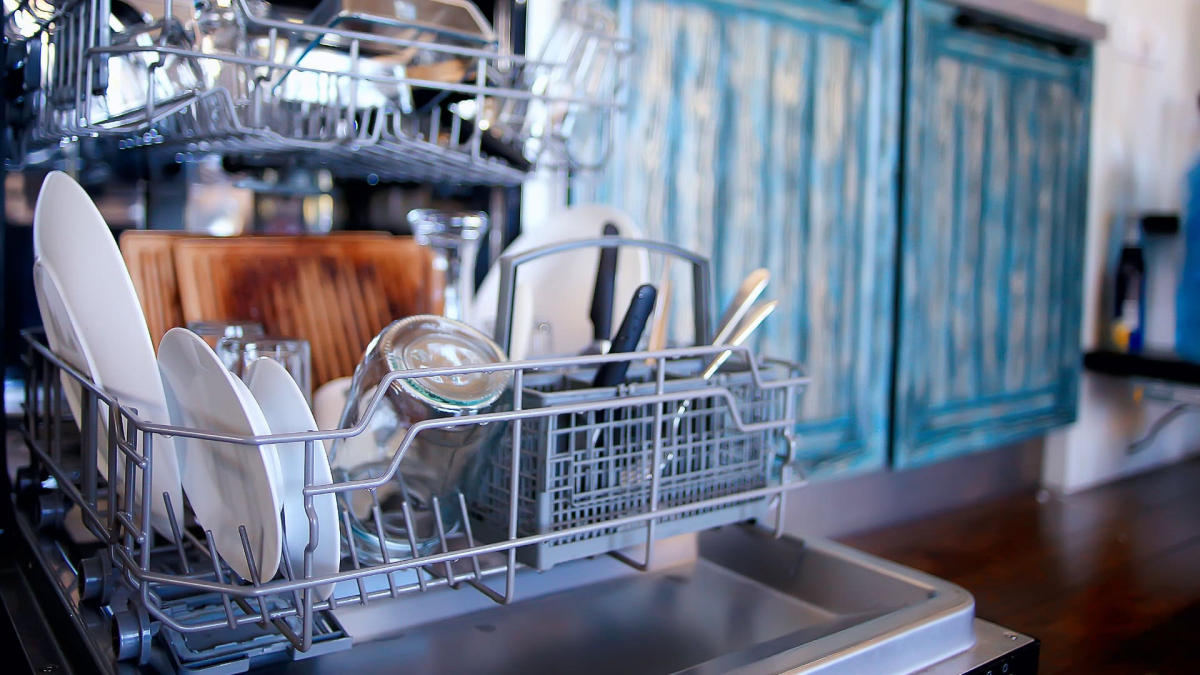
Inspect for electrical issues
In some cases, drainage problems in your dishwasher could be related to electrical issues. Signs of electrical problems can include the dishwasher not turning on, stopping mid-cycle, or not completing cycles properly. If you suspect an electrical issue, it’s important to approach with caution. Electrical repairs are dangerous and are usually best left to professionals. If you’re unsure, it’s always safer to consult a qualified technician who can diagnose and safely repair any electrical faults in your dishwasher.
Drainage problems in your dishwasher could be related to electrical issues

Call the professionals
While many dishwasher drainage problems can be resolved with the above fixes, some issues require professional attention. If you’ve tried these solutions and your dishwasher is still not draining, or if you suspect serious mechanical or electrical issues, it’s time to call in a professional. A qualified technician can accurately diagnose the problem and perform repairs that are beyond the scope of typical home maintenance. Find a reputable repair service to ensure that your dishwasher is fixed correctly and safely.
A qualified technician can accurately diagnose the problem
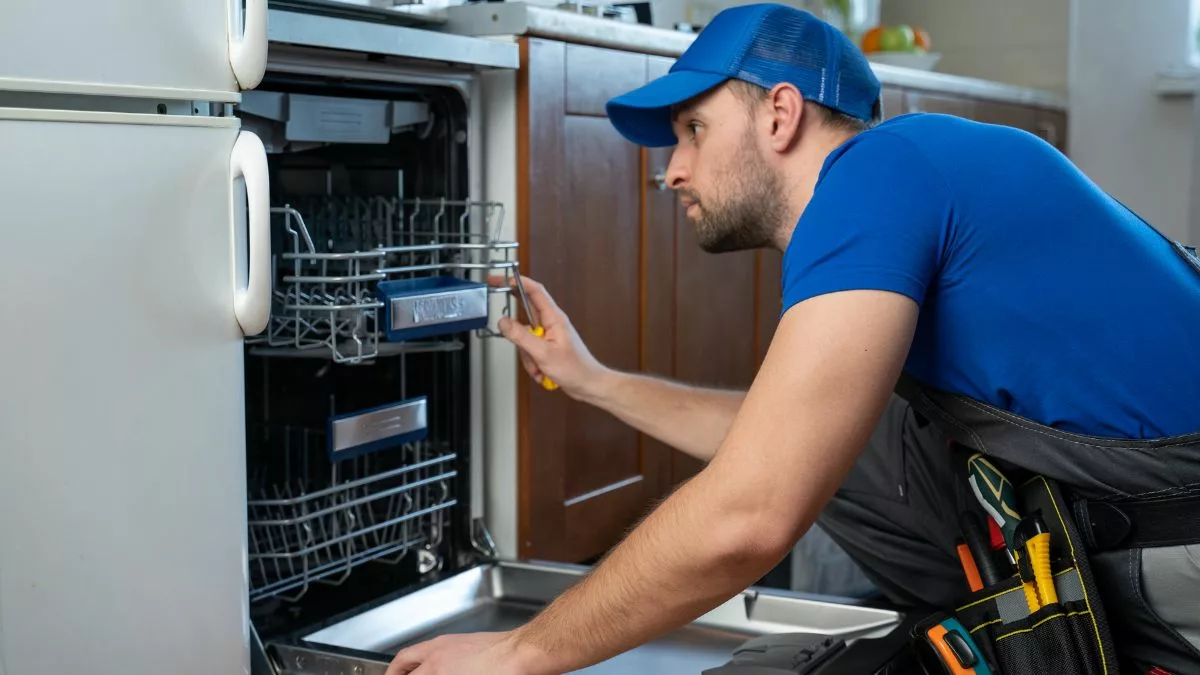
How To Prevent Dishwasher Draining Issues
Regular maintenance is key to avoiding future drainage problems with your dishwasher. This includes routinely cleaning the filter, checking the drain hose for kinks or clogs, and ensuring the garbage disposal is clear. Additionally, running a monthly cleaning cycle with vinegar can help remove any buildup and maintain the efficiency of your dishwasher. These simple preventative measures can keep your dishwasher running smoothly and extend its lifespan.
Regular maintenance is key to avoiding future drainage problems
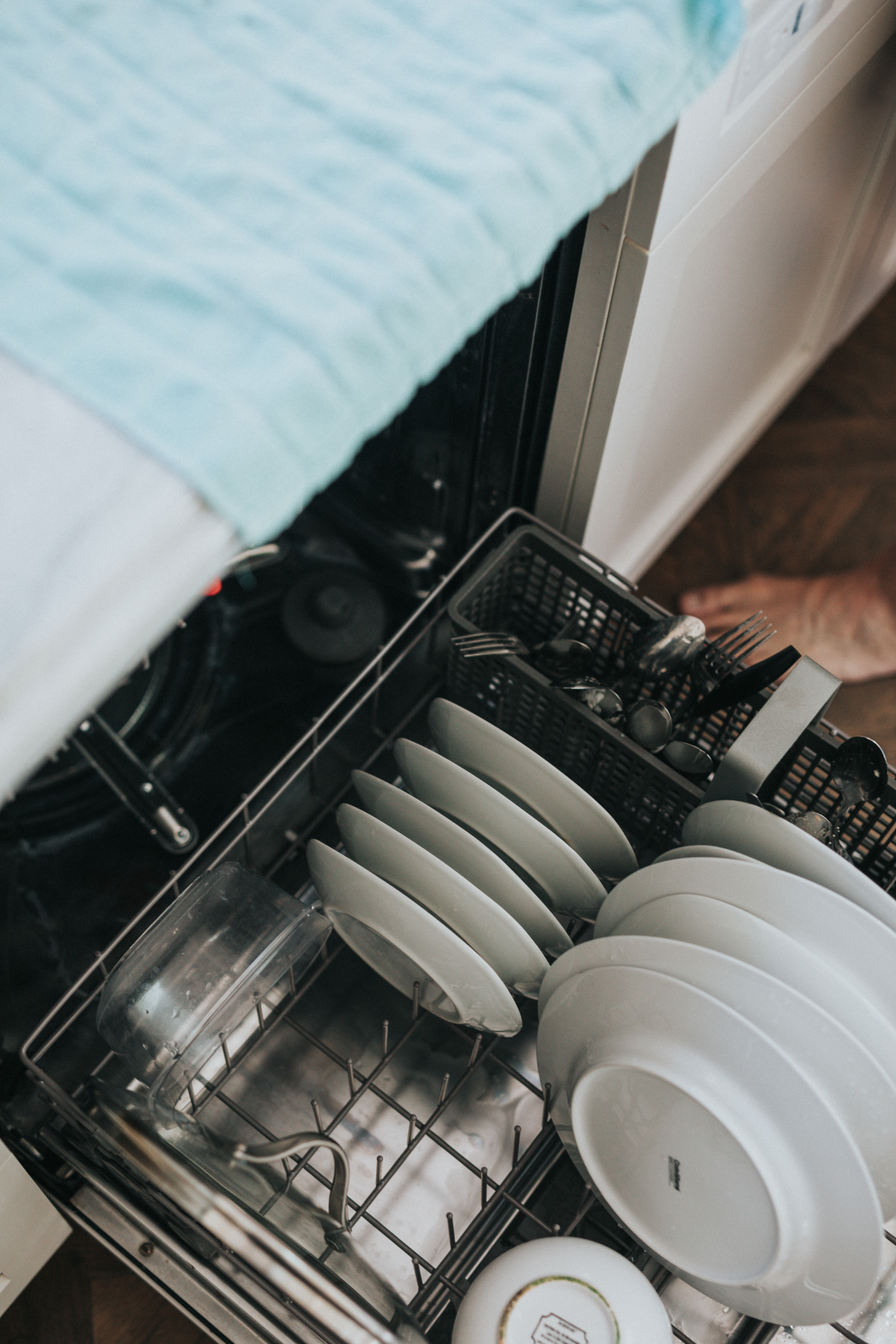
How To Maximize Dishwasher Efficiency
Beyond addressing immediate issues, consider adopting practices that maximize your dishwasher’s efficiency. Utilize energy-saving cycles and choose eco-friendly detergents to lessen environmental impact. These practices not only save on utility bills but also contribute to a more sustainable lifestyle. Efficient use of your dishwasher, coupled with regular maintenance, will ensure its optimal performance and longevity, making it a valuable and reliable asset in your kitchen.
Consider adopting practices that maximize your dishwasher’s efficiency
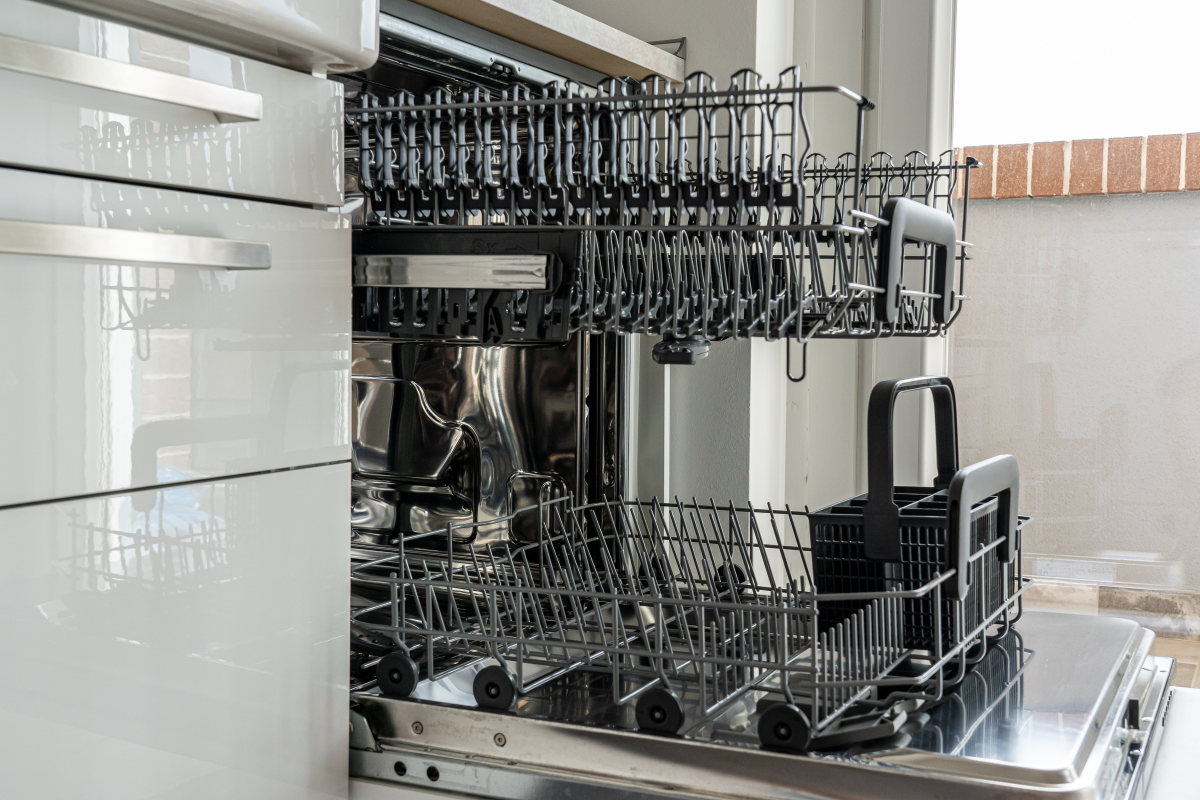
Addressing a dishwasher that’s not draining can be a satisfying challenge. By employing these simple fixes, you can often quickly resolve the issue, restoring efficiency and harmony to your kitchen. A functioning dishwasher is more than just a convenience; it’s an integral part of your daily life. There’s a unique joy and satisfaction in maintaining and troubleshooting your appliances, ensuring they continue to serve you well.
Now you know what to do if your dishwasher is not draining properly
